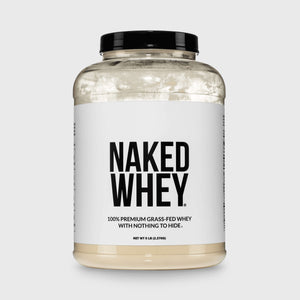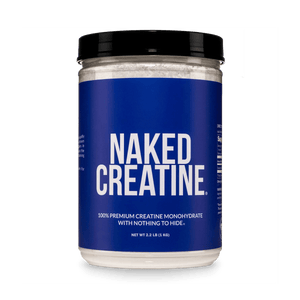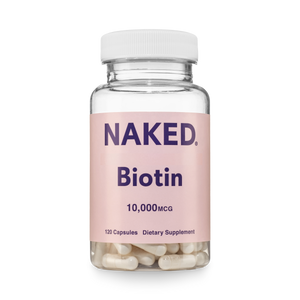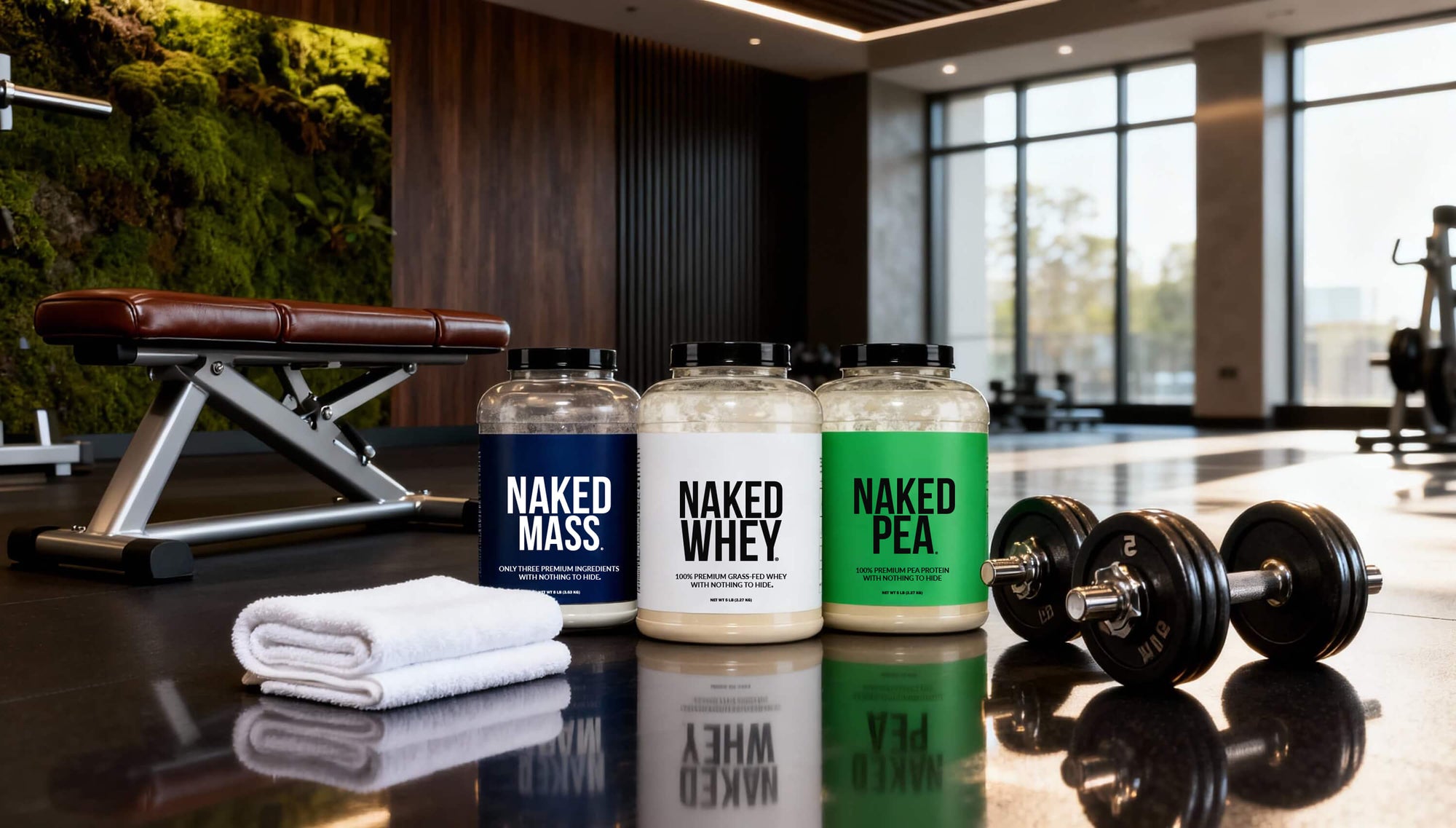You probably don’t spend a lot of time thinking about how you breathe. You know how to breathe, right? You’ve been doing it all your life.
But science tells us that being more conscious about how you breathe, specifically making sure you breathe through your nose, rather than your mouth, can have a number of benefits for your overall health and performance.
One area in particular where you should focus on nasal breathing is during light to moderate-intensity cardio. Keep reading and we’ll explain why, as well as everything else you need to know about mouth breathing vs nasal breathing.
Mouth Breathing vs Nasal Breathing

Breathing through your nose or your mouth ultimately achieves the same thing. You’re delivering air to the lungs, which provides your body with the oxygen it needs to fuel a multitude of vital functions.
However, there are some functional differences between mouth breathing and nasal breathing that makes the latter a healthier way to breathe.
When breathing through the nose, air is filtered, humidified, and warmed before reaching the lungs. The nasal passages are designed to trap particles and pathogens and prevent them from entering your body, and filter the air you take in to ensure optimal respiratory and cardiovascular function.
The mouth isn’t equipped with the same tools for filtering air. So while you can get a greater volume of air through your mouth (since it’s a wider opening than the nostrils), it’s not the ideal way for the body to get oxygen to the lungs.
7 Benefits of Nasal Breathing During Cardio
Nasal breathing is beneficial almost always - whether you’re awake, asleep, active or inactive.
But it’s especially important to think about when you’re exercising, particularly doing steady-state cardio such as running or cycling. Many people default to mouth breathing during exercise, but learning to breathe through your nose can provide a number of benefits.
Let’s take a look at these benefits now.
Improved Oxygen Efficiency

You might think that breathing through the mouth is better, as it allows you to take in more air and get more oxygen, which you need to fuel your workout.
But studies have shown that the body uses oxygen more efficiently when it comes through the nose. Despite mouth breathing providing a larger volume of oxygen, oxygen uptake is actually greater with nasal breathing.
This means more oxygen is available to the body, despite a lower volume and frequency of breaths.
Increased Nitric Oxide Production
Breathing through the nose produces nitric oxide (NO), unlike mouth breathing.
Nitric oxide is a vasodilator, which means it widens the blood vessels and helps blood and oxygen flow more freely around the body.
This allows the body to supply more oxygen to the muscles, increasing physical energy and performance.
Reduced Exposure to Airborne Pathogens
The nose is a vital part of the immune system. It has many small hair-like membranes (called cilia) that trap dirt and other particles in the air you breathe, stopping them from entering the lungs.
This is one way your body protects you from getting sick, and the mouth is not equipped with the same functionality.
This mechanism is extremely important if you’re working out in a stuffy gym with recycled air, or on the street with exhaust fumes and other pollutants in the air.
Reduced Risk of Hyperventilation
Nasal breathing comes with a reduced risk of hyperventilation, which happens when we breathe too fast, and allow the level of carbon dioxide (CO2) in our body to get too low.
Hyperventilation can lead to lightheadedness, feeling faint, headache, anxiety and a pounding heartbeat.
Breathing through your nose regulates the amount of oxygen you’re able to breathe in and out, making it easier to maintain a healthy CO2 balance.
Better Hydration

You may get dehydrated easier if you breathe through your mouth during exercise.
Our body loses 42% more water from oral breathing than nasal breathing, which is all the more impactful when you’re already losing water from sweat.
Controlling Air Temperature
Another function of the nose is to control the temperature of the air you take in.
If the air outside is too cool, your nose warms it before it reaches your lungs. If it’s hot, your nose will cool the air.
This is particularly important for people who exercise outside, such as running or cycling, during winter.
Potential Cognitive Benefits
There may even be cognitive benefits to breathing through your nose, rather than your mouth.
One study put subjects through an MRI to test brain activity during nasal breathing vs oral breathing.
The study found more brain activation and increased connections for the nasal breathing group, indicating better working memory and cognitive function.
When Is It Ok to Breathe Through Your Mouth?
All this might have you believe that you should never breathe through your mouth.
While it’s best to breathe through your nose most of the time, there are some situations where mouth breathing is appropriate, or necessary.
In particular, during higher intensity exercise, you might find that you can’t get a sufficient amount of oxygen through nose breathing alone.
Nose breathing is fine for lower to moderate-intensity exercise (think zone 1-2 cardio, up to around 80% of your max heart rate).
But once you start training in zones 3, 4 or 5, you may need to get oxygen through your mouth as well.
Otherwise, some people may have trouble breathing through their nose. Medical conditions, such as nasal congestion or a deviated septum, may make nasal breathing more difficult for some.
In this case, mouth breathing is fine, as long as the condition persists.

What If I Can’t Breathe Through My Nose During Cardio?
If you have trouble breathing through your nose while exercising, first pinpoint why.
If it’s because of a certain condition, as mentioned above, you may want to explore options to treat or cure the issue, to improve airflow through your nostrils.
But in some cases, breathing through the mouth is just a habit, and you can train yourself to get used to breathing through your nose.
Meditation and breathing exercises may help, where you sit still and consciously focus on breathing in and out through your nose.
You can also make a conscious effort to control your breathing and breathe only through your nose while doing cardio.
Start with low-intensity cardio, to make it easier, and slowly ramp up intensity while keeping your mouth closed, only breathing through your nose.
Final Thoughts
Nasal breathing has a large number of well-studied, well-established benefits.
Outside of the gym, a nasal breathing habit will help you sleep better, maintain better oral health (less risk of bad breath, tooth decay and gum disease), and reduce how often you get sick.
And if that’s not enough, you’ll likely find you perform better and feel fitter if you breathe through your nose during exercise.
If you’re not already, start focusing on how you breathe when you work out, and see the difference it makes.













